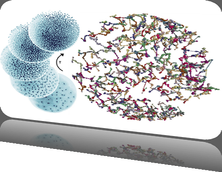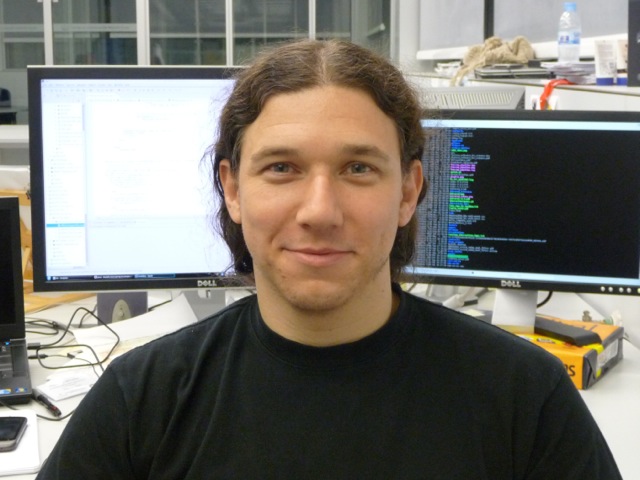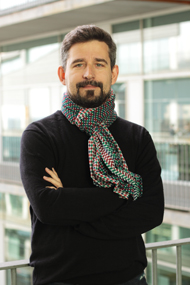 We are happy to announce that Prof. Torsten Möller has accepted our invitation to give a keynote lecture at BioVis 2015. He will report on some of the latest approaches and challenges in modeling and reasoning with uncertainty. Visual tools for ensemble analysis, sensitivity analysis, and the cognitive challenges during decision making build the basis of an emerging field of uncertainty visualization which is becoming an essential ingredient of computational thinking.
We are happy to announce that Prof. Torsten Möller has accepted our invitation to give a keynote lecture at BioVis 2015. He will report on some of the latest approaches and challenges in modeling and reasoning with uncertainty. Visual tools for ensemble analysis, sensitivity analysis, and the cognitive challenges during decision making build the basis of an emerging field of uncertainty visualization which is becoming an essential ingredient of computational thinking.
Torsten Möller is a professor at the University of Vienna, Austria. He received his PhD in Computer and Information Science from Ohio State University in 1999 and a Vordiplom (BSc) in mathematical computer science from Humboldt University of Berlin, Germany. He is a senior member of IEEE and ACM, and a member of Eurographics. His research interests include the fields of Visualization and Computer Graphics, especially the mathematical foundations thereof.
He heads the research group of Visualization and Data Analysis. He served as the appointed Vice Chair for Publications of the IEEE Visualization and Graphics Technical Committee (VGTC) between 2003 and 2012. He has served on a number of program committees and has been papers co-chair for IEEE Visualization, EuroVis, Graphics Interface, and the Workshop on Volume Graphics as well as the Visualization track of the 2007 International Symposium on Visual Computing. He has also co-organized the 2004 Workshop on Mathematical Foundations of Scientific Visualization, Computer Graphics, and Massive Data Exploration as well as the 2010 Workshop on Sampling and Reconstruction: Applications and Advances at the Banff International Research Station, Canada. He is a co-founding chair of the Symposium on Biological Data Visualization (BioVis). In 2010, he was the recipient of the NSERC DAS award. He received best paper awards from IEEE Conference on Visualization (1997), Symposium on Geometry Processing (2008), and EuroVis (2010), as well as two second best paper awards from EuroVis (2009, 2012).












